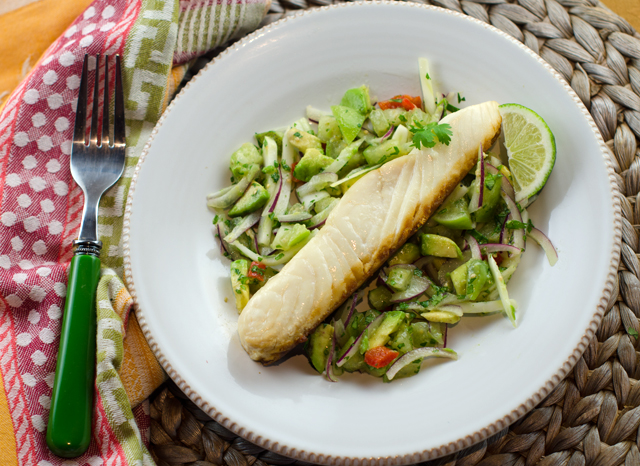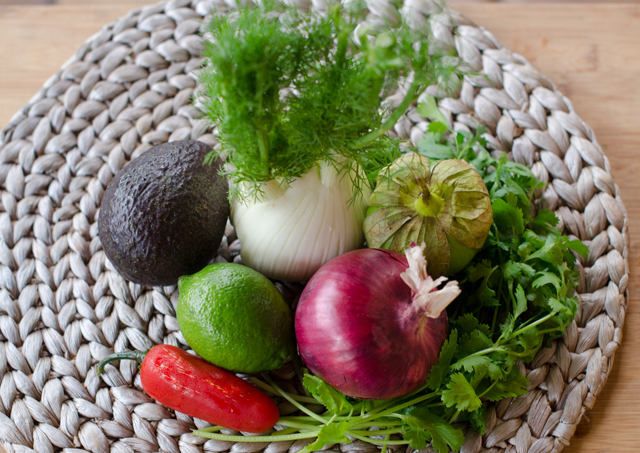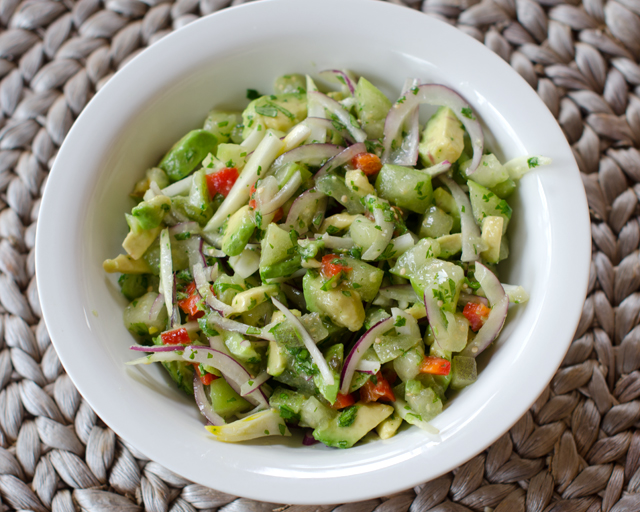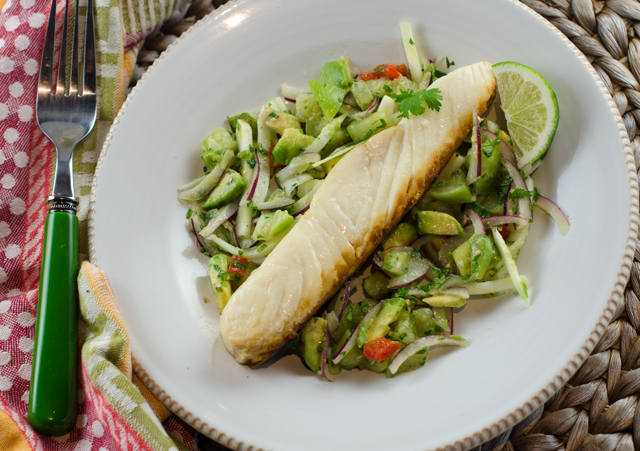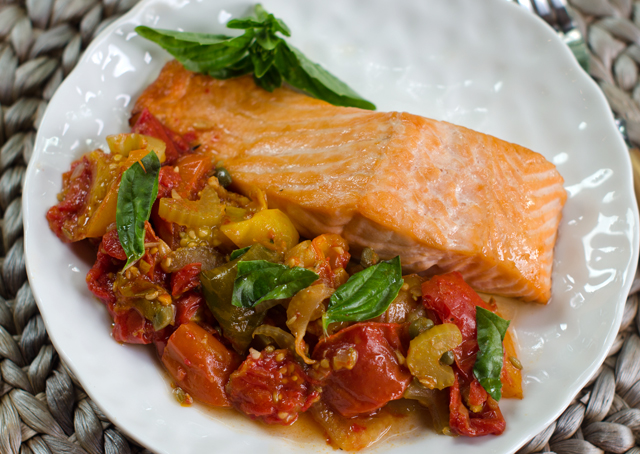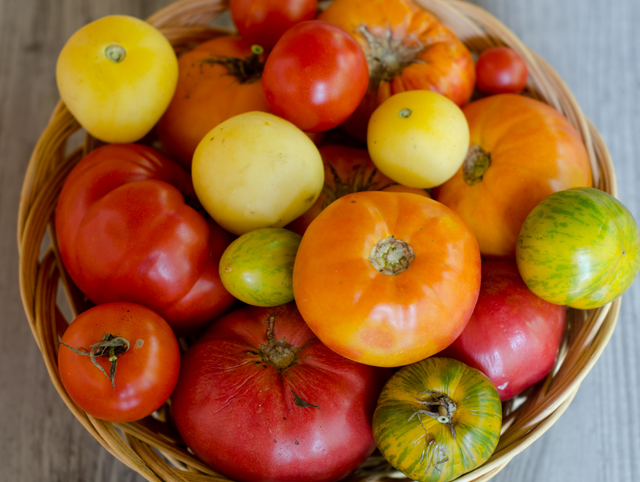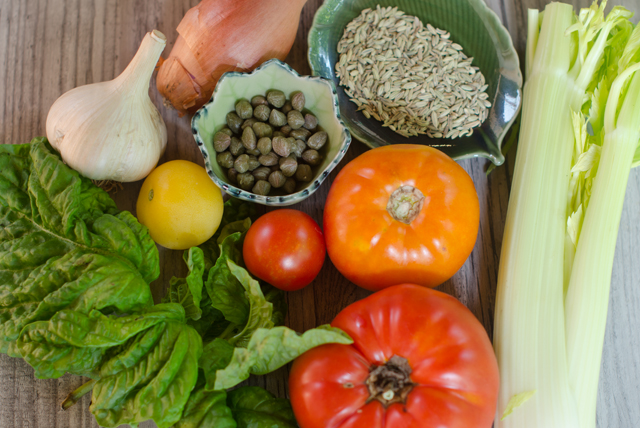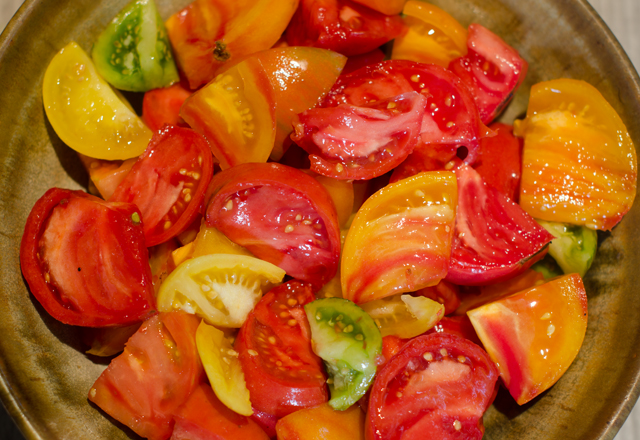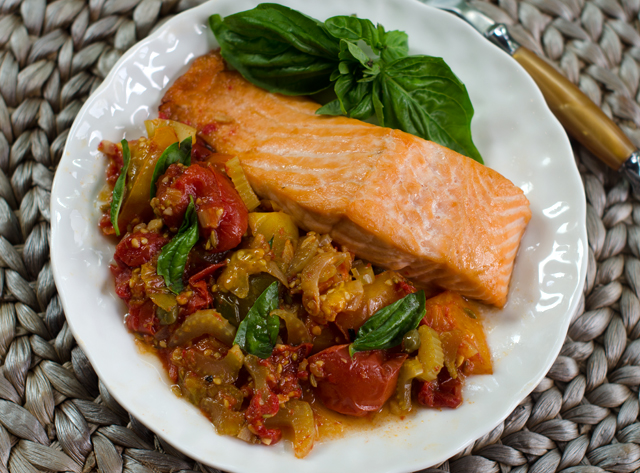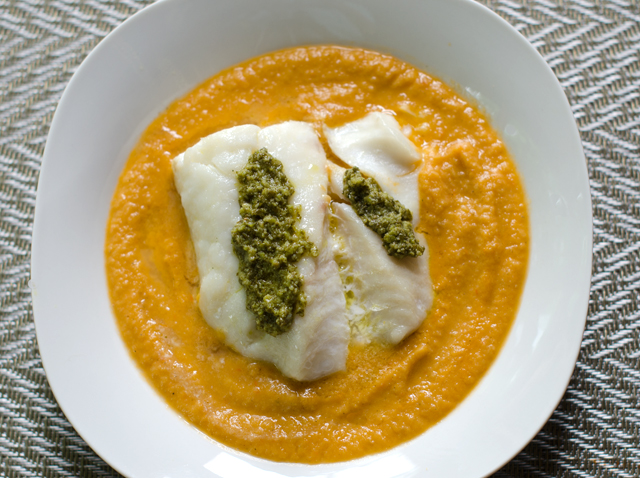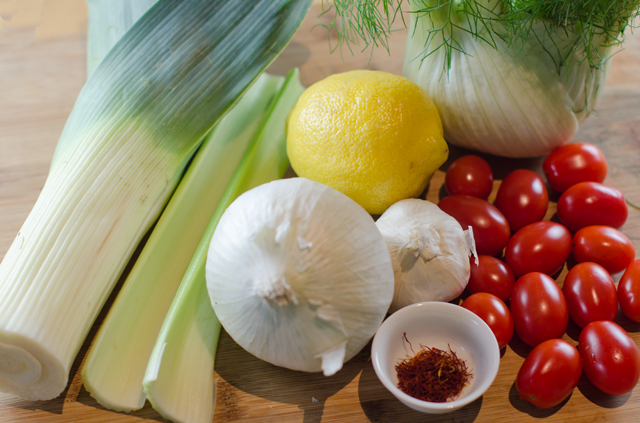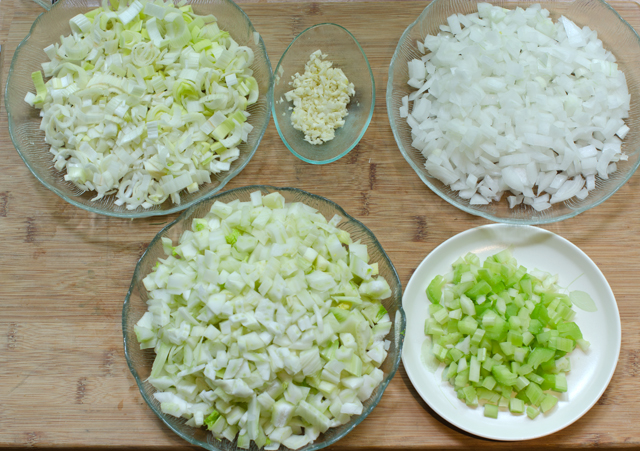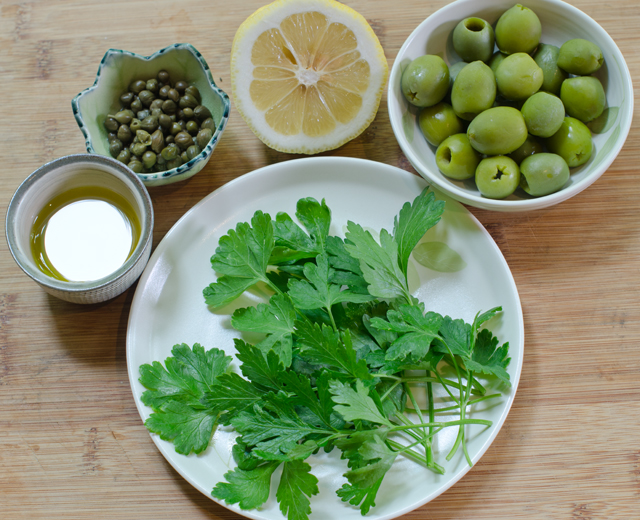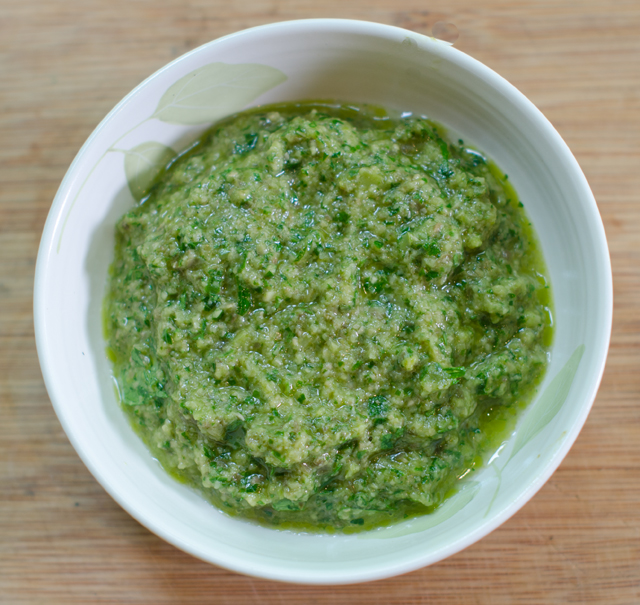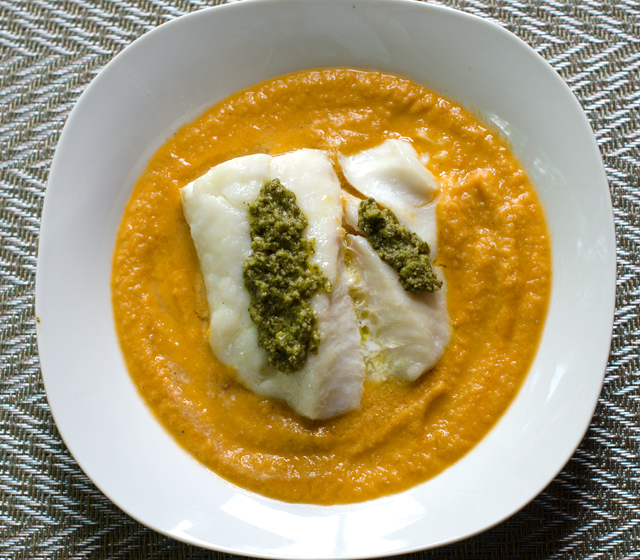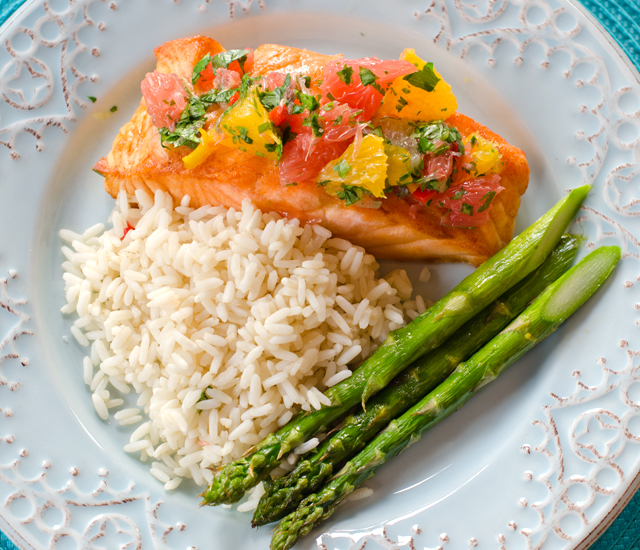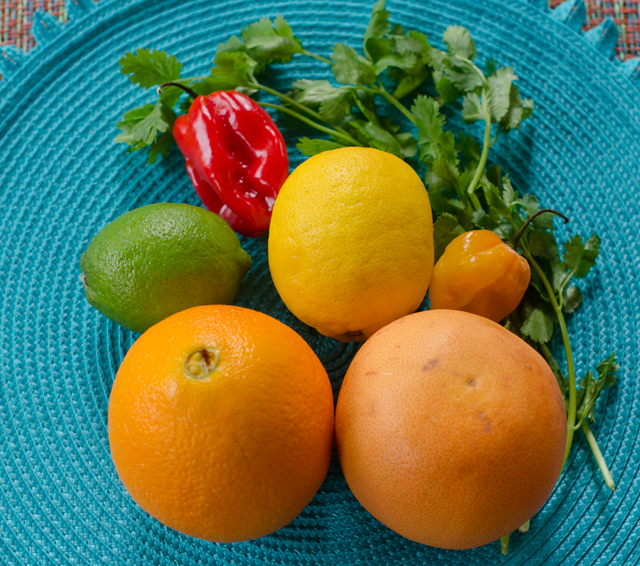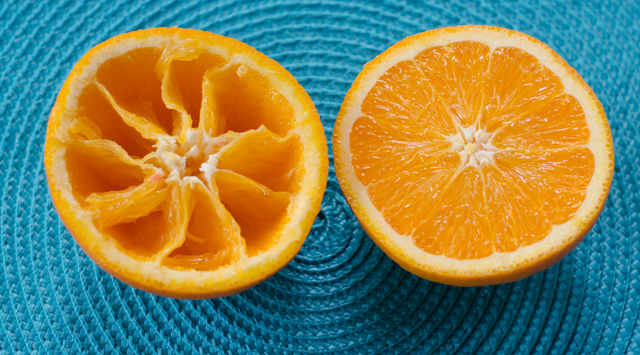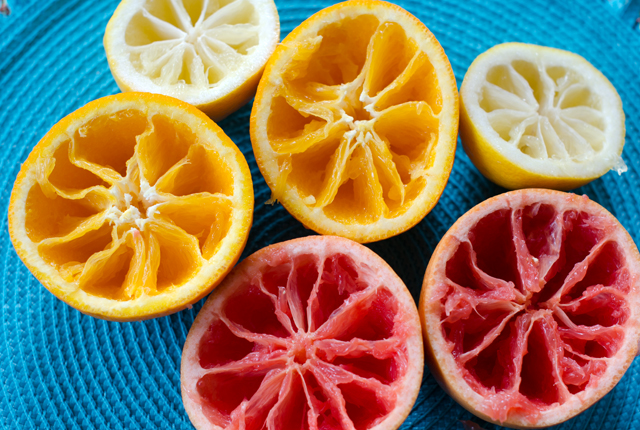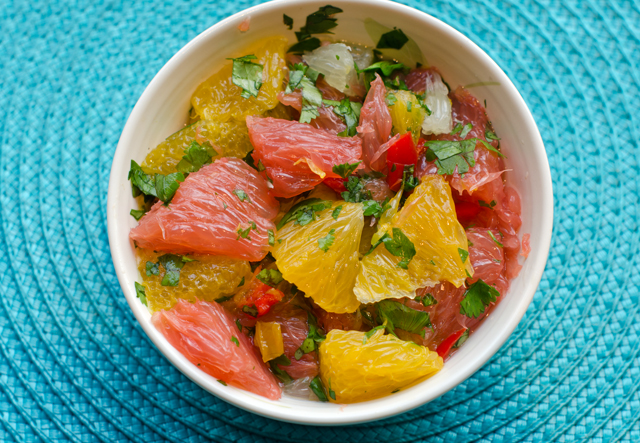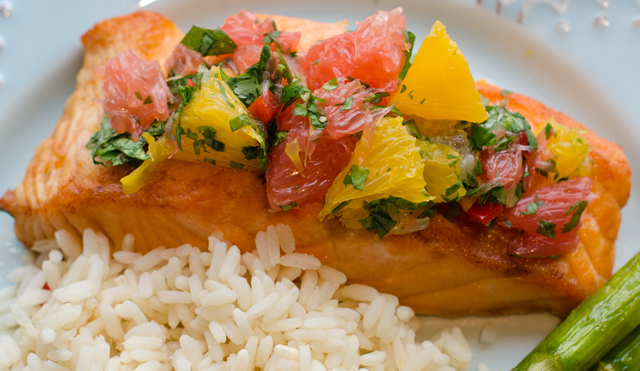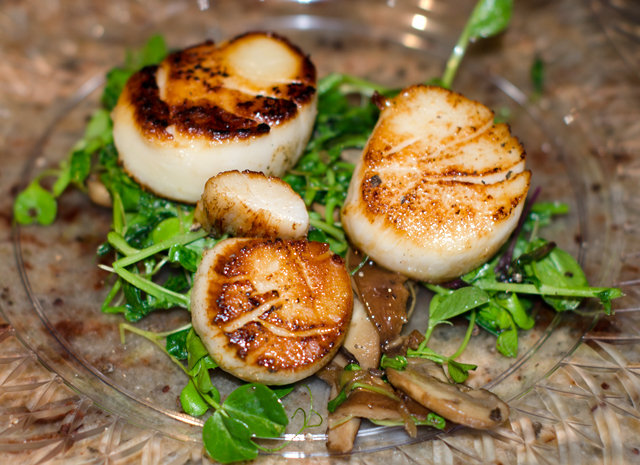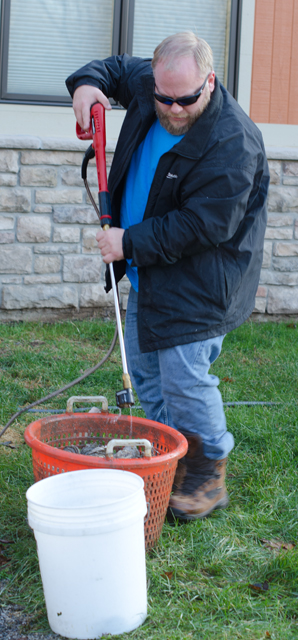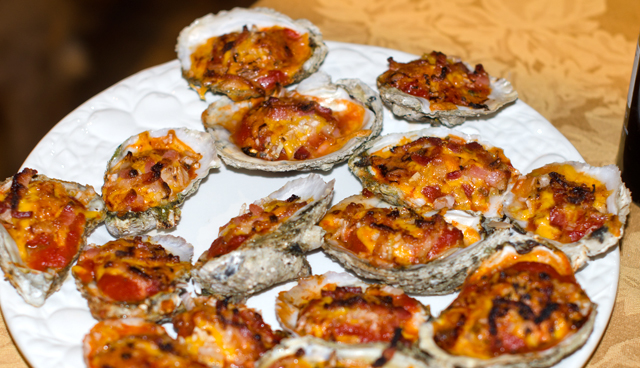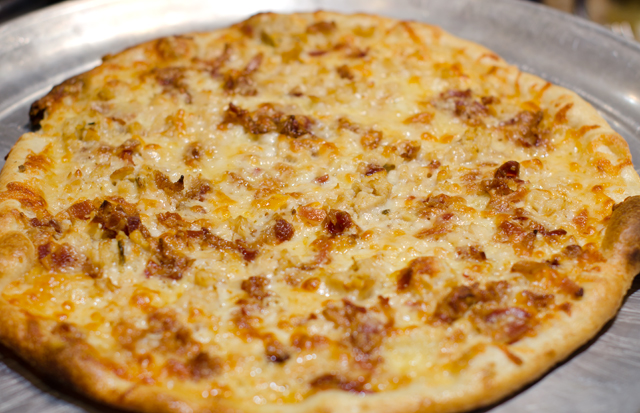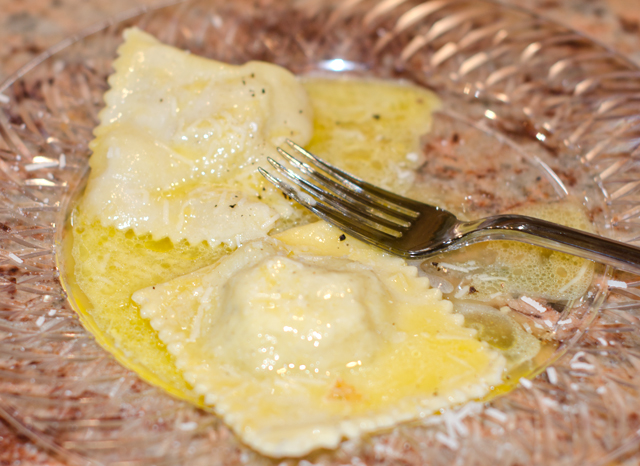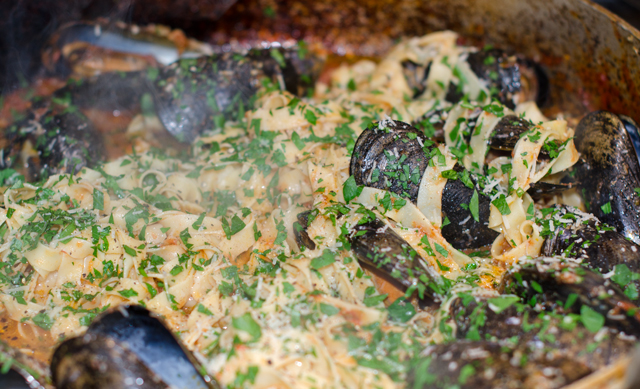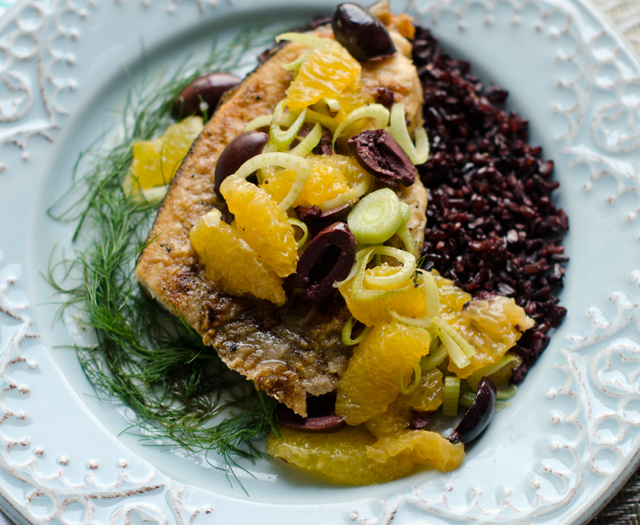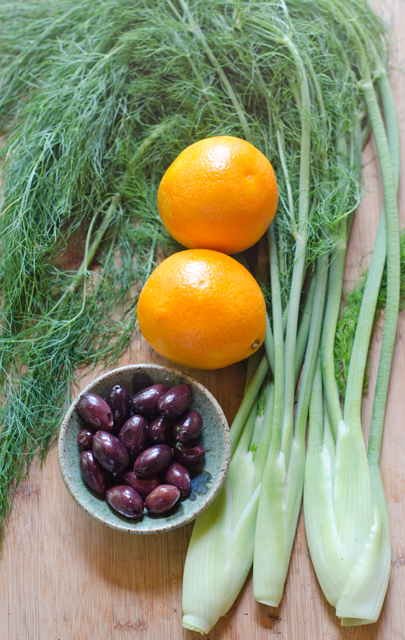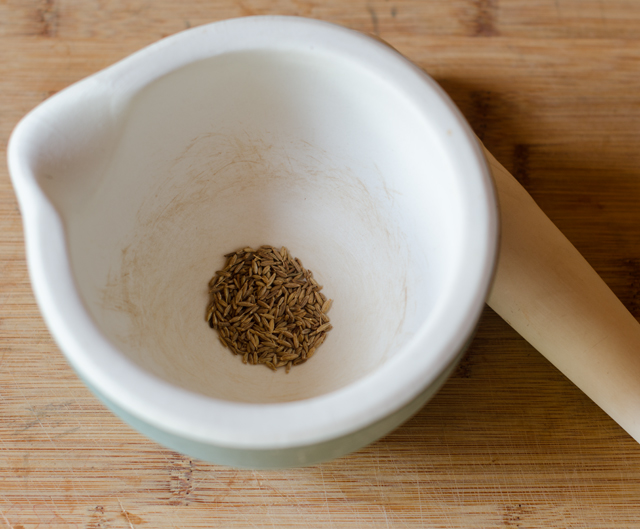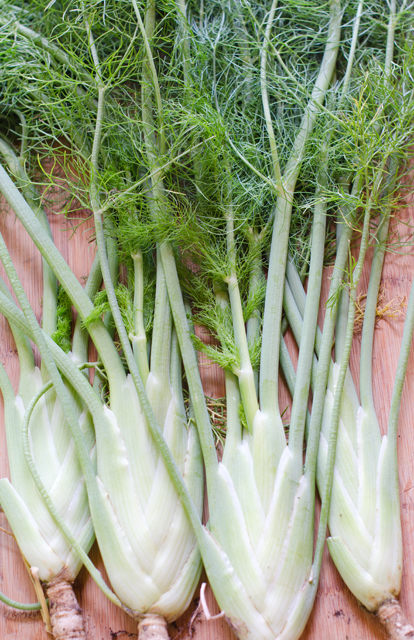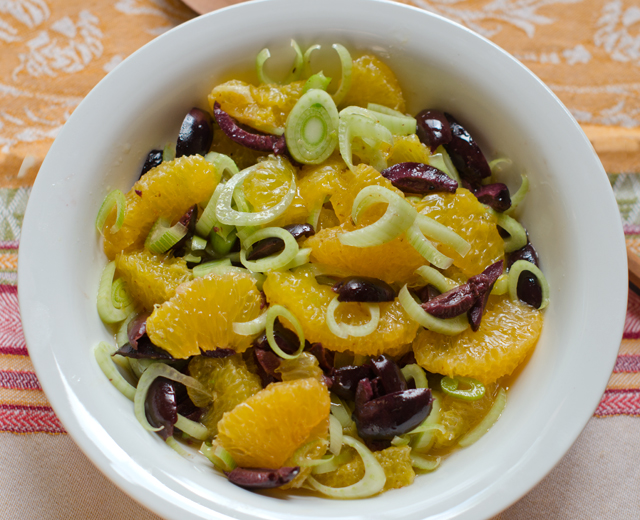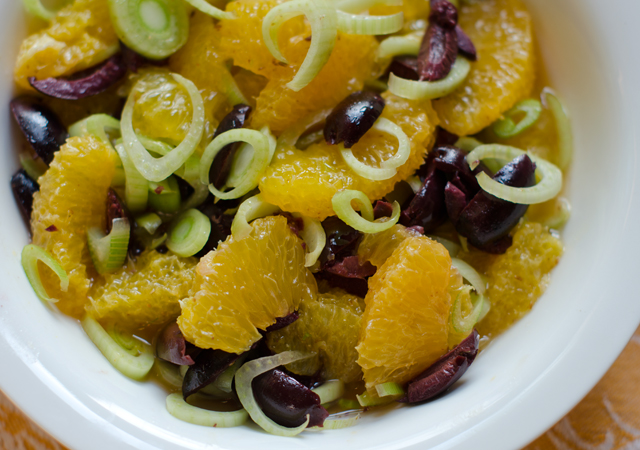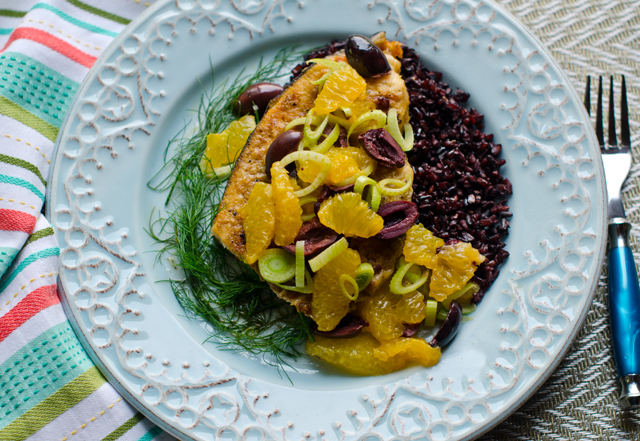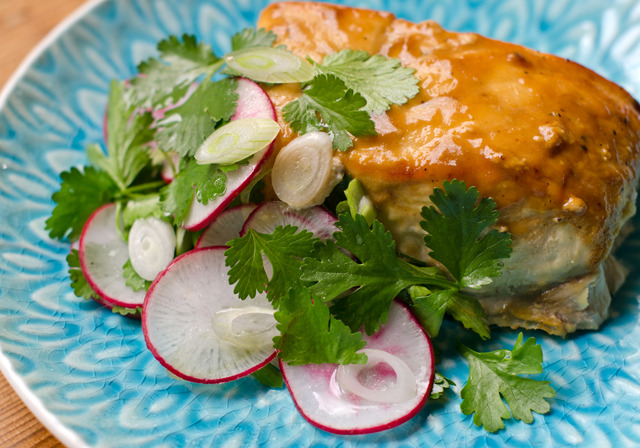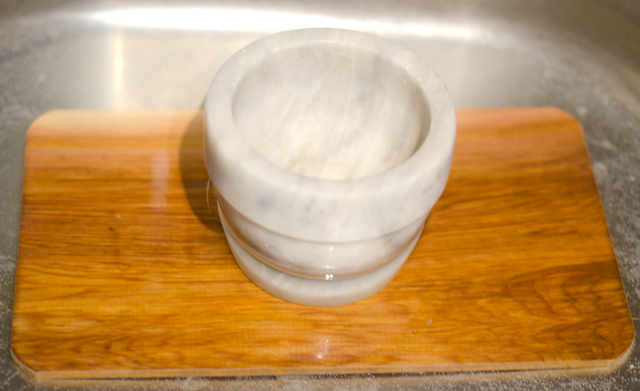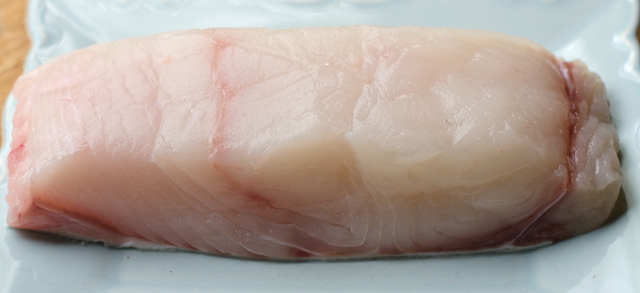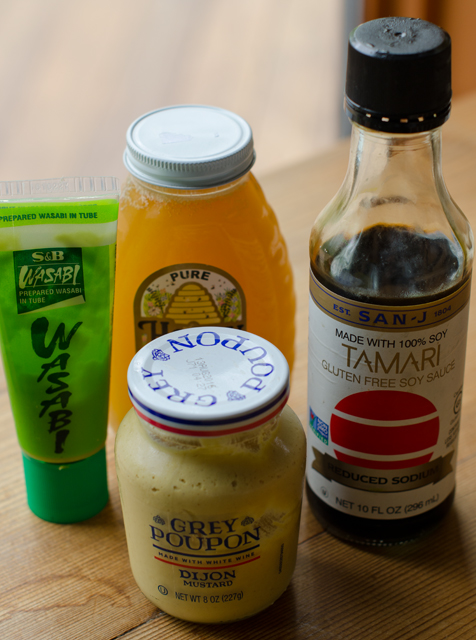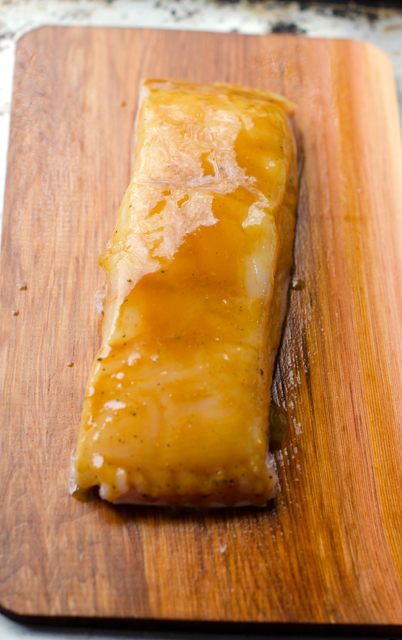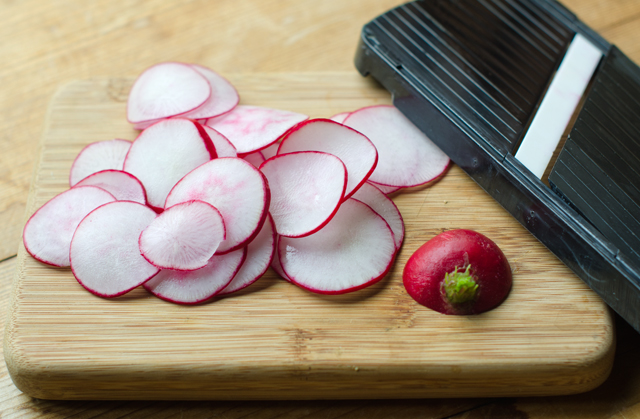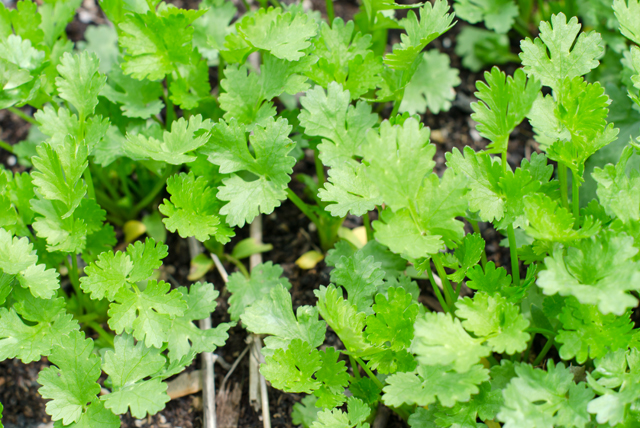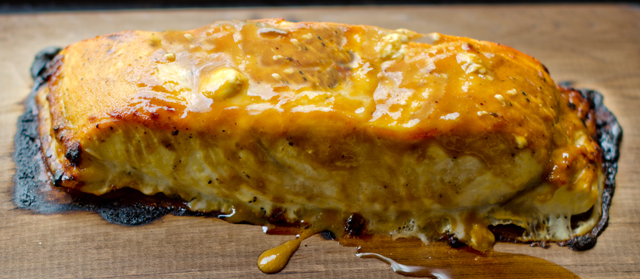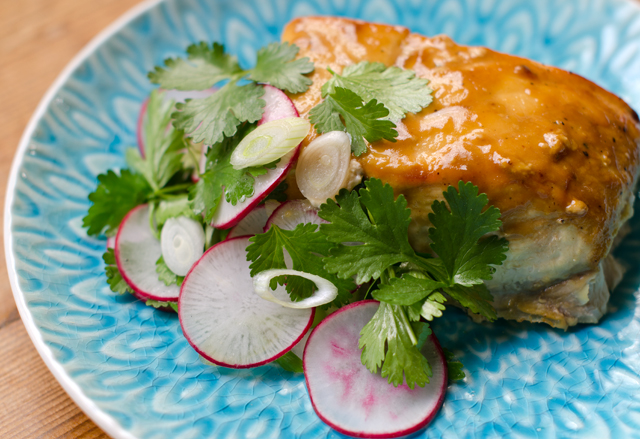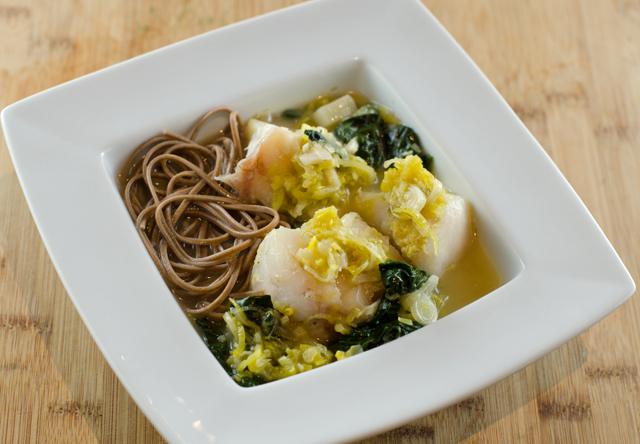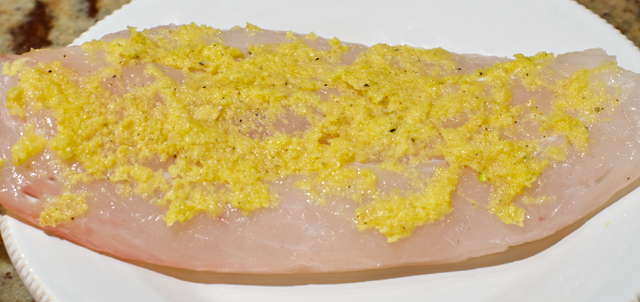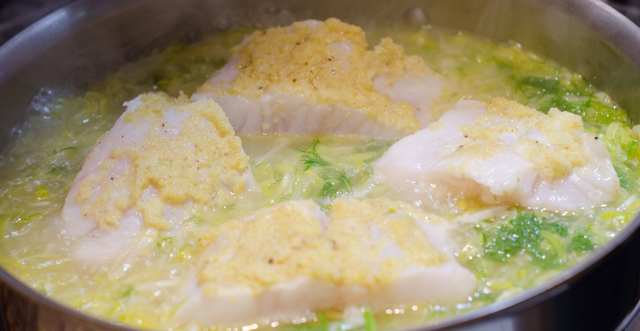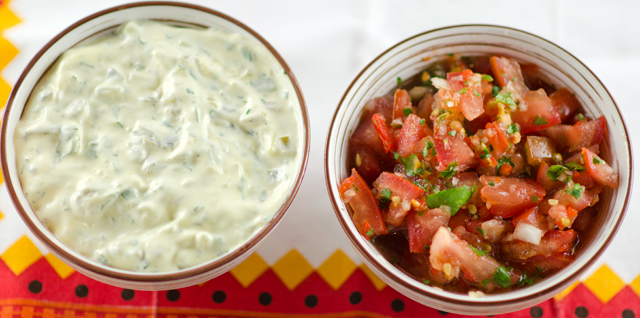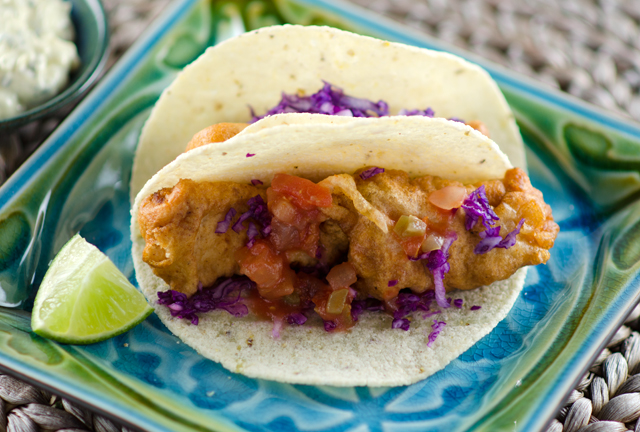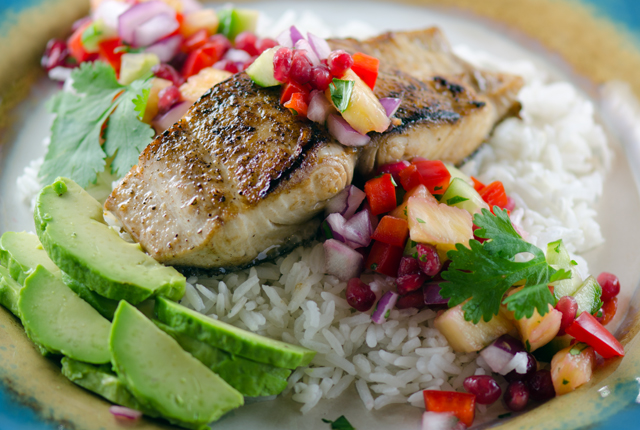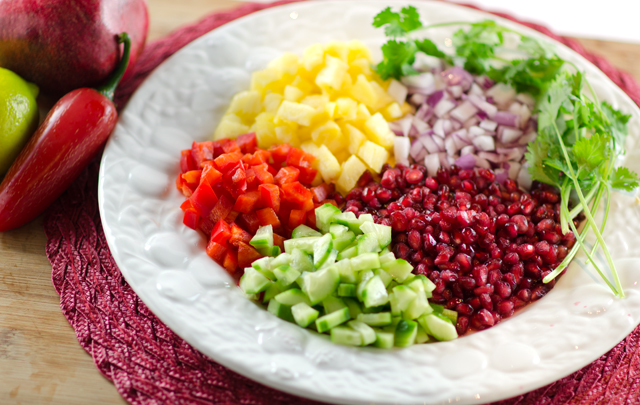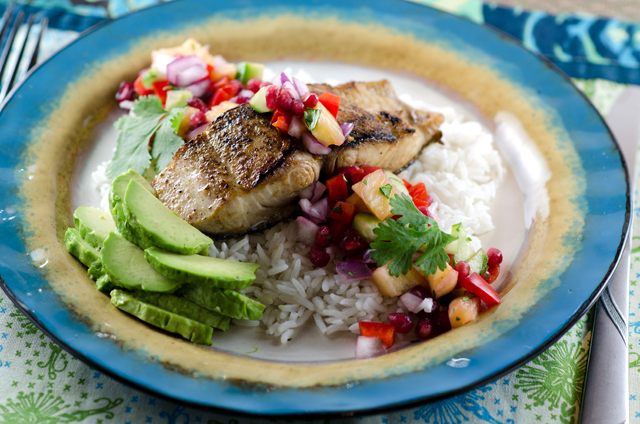Weekends at our house, fish is always on the menu and most likely it was purchased at Heller’s Seafood in Warrington Pa. Not the closest location to us, but worth the trip because I can always be assured of the quality and freshness of the seafood I purchase. How we cook the fish depends on the weather. In the warmer seasons we often cook whole fish on the grill stuffed with lemon and herbs or a fillet cooked on a fragrant cedar plank.
This time of year with temperatures still in the forties most days, the fish is baked according to Canadian fisheries method. Just measure your fillet, steak or whole fish at the thickest part and follow the rule of 10 minutes per inch or 5 minutes per side per inch. So often the real question is, how am I going to season and accent the flavors of the fish I am cooking. Meaty swordfish pairs nicely with a rich olive tapenade, sometimes I make my own but occasionally I will just pick up a container at the local supermarket for a quick meal. We top red snapper with a south of the border style Veracruzana sauce, especially good in summer with garden fresh tomatoes.
Recently while searching for a recipe for crispy skinned fish I came across a relish that is an excellent accompaniment to many fish preparations. Avocado, tomatillo and fennel relish originates from a television program on Food Network, “Worst Cooks in America,” not necessarily a place where I would look to find a recipe. Worst Cooks is a program on Food Network that takes contestants, as known as “recruits” with poor cooking skills and puts them through a culinary boot camp to earn cash prizes. This recipe was contributed by chef, restaurateur, cookbook author and Emmy award-winning reality television host, Bobby Flay. Bobby was one of the two mentors for seasons 3 to 5 and this episode is titled straight edge skills. In the clip I saw from the episode Bobby told the recruits he was looking for uniformity and good technique. I didn’t hold out much hope for the recruits I saw, one declared his fear of knives and mistook fennel for an onion and another was cutting the avocado without using the cutting board and only succeeded in cutting himself.
The relish relies on precise knife technique, small dice, fine dice, julienne and a little slicing.With a sharp knife it should go fairly quickly. What I really love about this dish is the contrast in textures and flavor. Tomatillos give a little citrus bite, avocado brings a creamy nuttiness and the fennel is crisp and licoricey sweet. Add pepper to your taste, the original recipe called for a serrano, I opted for a jalapeno, that’s not quite as hot. The original recipe called for red wine vinegar with a touch of honey I substituted grapefruit balsamic from The Tubby Olive.
Halibut with Avocado, Tomatillo and Fennel Relish
Serves two
Ingredients
- 1 medium fresh tomatillo, husk removed, rinsed well and cut into small dice
- ½ medium avocado, peeled, pitted and cut into small dice
- ½ jalapeno, seeded and cut into small dice
- ¼ small head fennel, cut into julienne
- ¼ small red onion, thinly sliced against the grain
- 1 T neutral oil (canola, grape seed)
- Juice of ½ fresh lime
- Touch of red wine vinegar and honey or 1 T fruit vinegar
- Kosher salt and freshly ground black pepper
- 2 T chopped fresh cilantro.
- Two 6-oz. firm white fish fillets like halibut, grouper or cod
Directions for the relish
- Combine the tomatillo, avocado, jalapeno, fennel and onion in a medium bowl.
- Drizzle with the oil, lime juice, vinegar and honey. Season with salt and pepper and fold in the cilantro.
Cooking the Fish
- Preheat oven to 450°F.
- Coat a shallow baking dish with non stick spray. Season the fish fillets with salt.
- Measure your fish fillets at the thickest point. Bake the fish for 10 minutes for every inch of thickness.
- Serve halibut with the relish and a wedge of lime.
